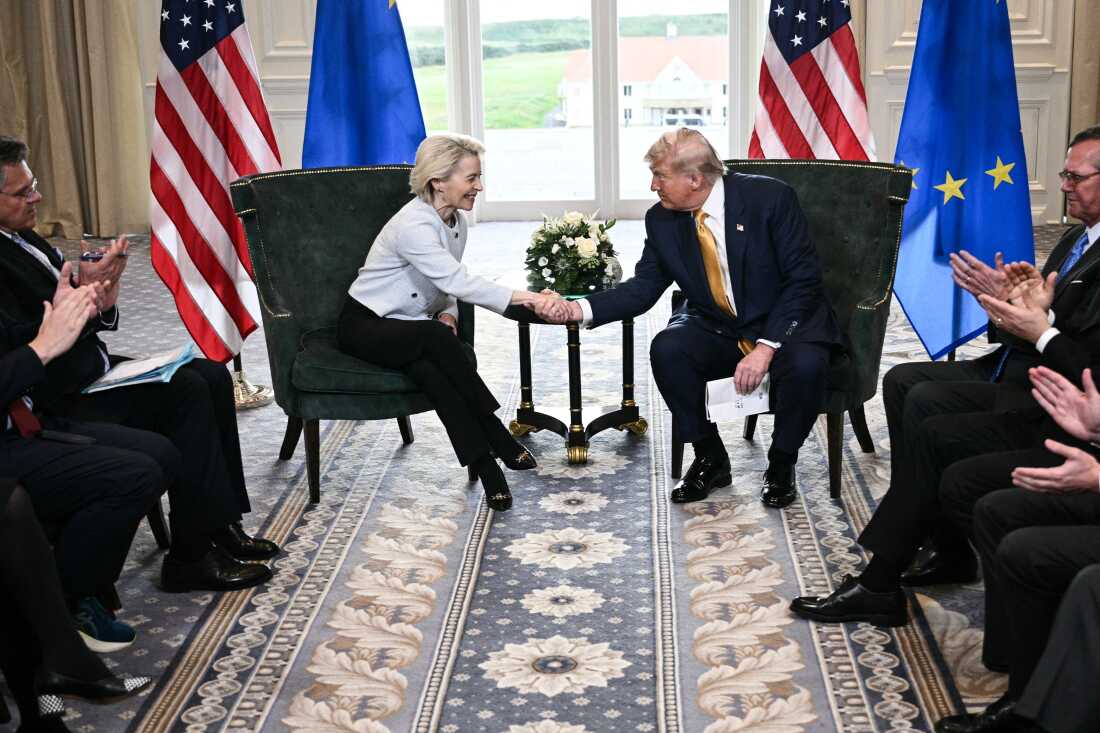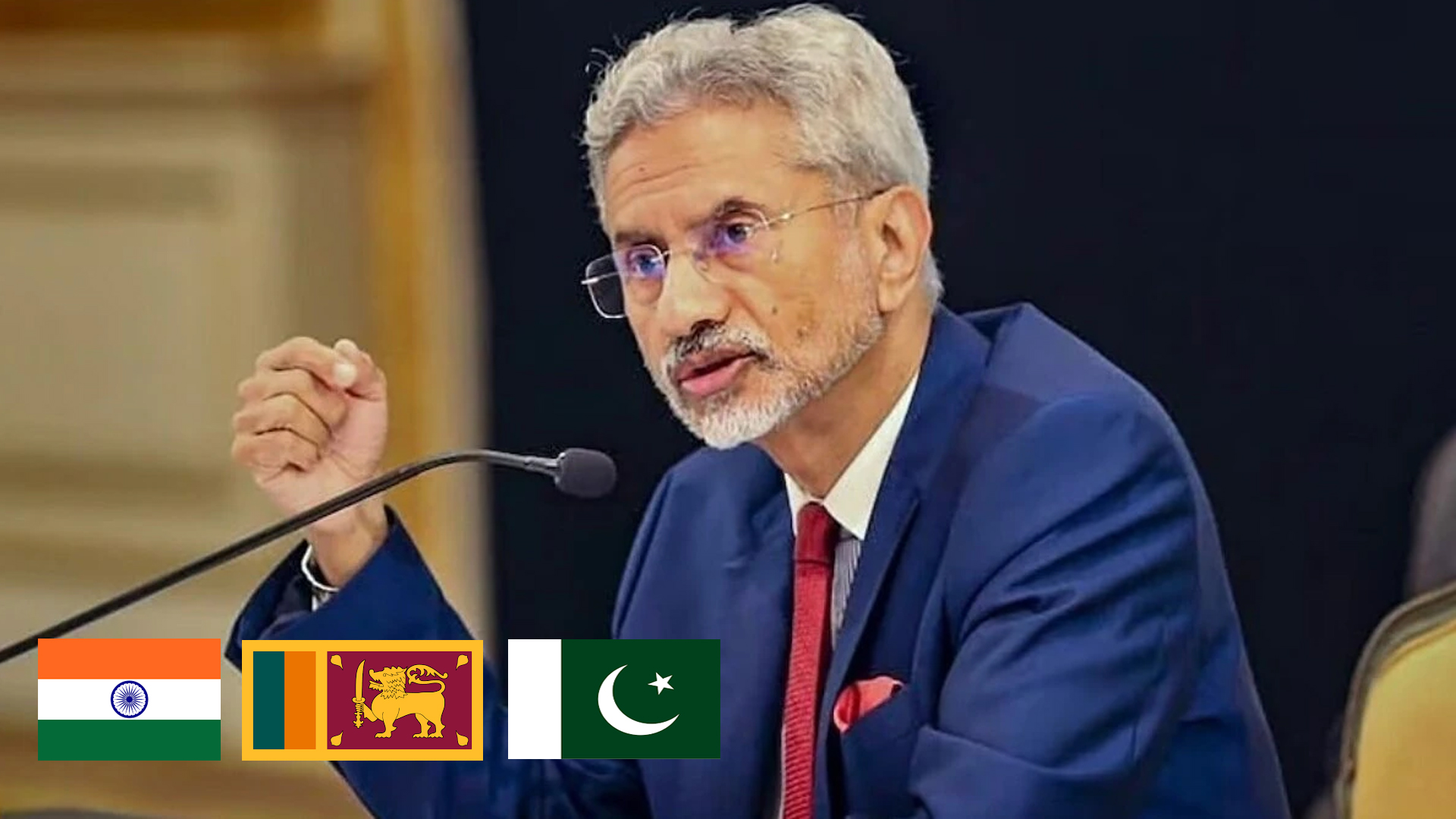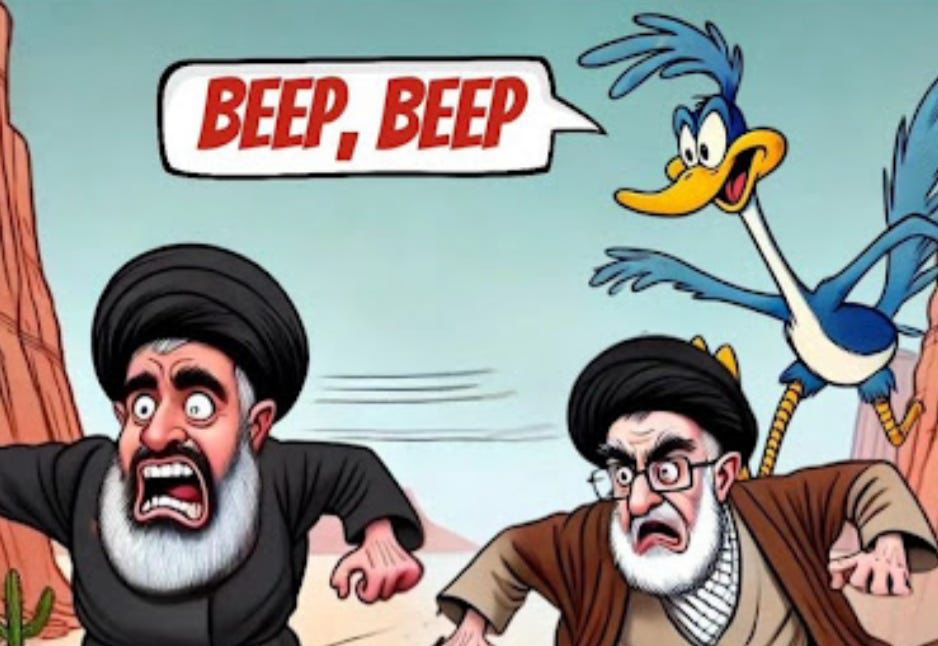When Donald Trump, during his first term, warned Germany against its reliance on Russian energy, German representatives famously laughed, dismissing his concerns as posturing. Fast forward to 2025, and the laughter has faded. The European Union, under a new trade deal with the United States, has committed to purchasing $750 billion worth of American energy over three years—a seismic shift that shows America’s unmatched economic leverage and Trump’s unrelenting approach to global trade. This deal is not just about tariffs, defense or energy; it’s about a new world order, one where America’s dominance is not only preserved but amplified. Trump’s Tariff Gambit and the Liberation Day Strategy
The US-EU trade deal, finalized on July 27, 2025, emerged from months of tense negotiations, with Trump wielding tariffs as a cudgel to reshape global trade dynamics. His strategy, often referred to as the “Liberation Day” tariff plan, began in February 2025, when he imposed steep protective tariffs, raising the average US tariff rate from 2.5% to an estimated 27% by April. These included a 25% tariff on foreign cars, 50% on steel, aluminum, and copper, and threats of up to 30% on EU goods. Trump’s approach was clear: use America’s position as the world’s largest consumer market to force concessions from trading partners.
The EU, initially resistant, faced intense pressure. Germany, the bloc’s economic powerhouse, was particularly vulnerable due to its export-driven economy, with $45 billion in car exports to the US last year. After Trump’s April tariffs hit European automakers like Volkswagen and BMW hard, the EU scrambled to avoid a full-blown trade war.
Breaking Down the US-EU Trade Deal
The agreement, hailed by Trump as “the biggest deal ever made,” is a one big pact that rebalances transatlantic trade in America’s favor.
Tariffs: The deal sets a 15% base tariff on most EU goods entering the US, including cars and pharmaceuticals, a significant increase from the pre-2025 average of 2.5% but lower than Trump’s threatened 30%. Certain goods, like aircraft, plane parts, generic drugs, and some agricultural products, face zero tariffs, while steel, aluminum, and copper remain at 50%. This structure ensures revenue for the US—estimated at tens of billions annually—while encouraging EU purchases of American goods.
Energy Purchases: The EU committed to buying $750 billion in US energy, primarily liquefied natural gas, over three years ($250 billion annually).
Investment Pledges: The EU agreed to invest an additional $600 billion in the US, covering sectors like pharmaceuticals and automotive industries. These investments, however, are aspirational, as they depend on member states and private companies, not direct EU control.
Military Equipment: The deal includes EU purchases of US military equipment, reinforcing transatlantic security ties and boosting American defense industries.
Economic Security Measures: Both sides agreed to address non-market policies of third parties, strengthen supply chain resilience, and tackle duty evasion.
The deal is obviously a total win for the US. But for Europe, the results are mixed. German Chancellor Friedrich Merz called it “painful” for Germany’s export-oriented economy, and Bernd Lange, a European Parliament member, labeled it “lopsided.” Economists at the Kiel Institute estimate a 0.15% drop in German economic production due to the tariffs, with the broader EU facing a 0.11% decline. Yet, the agreement averted a worse outcome, as a 30% tariff would have crippled industries.
Trump’s Bargaining Power: A Businessman, not a Politician
Trump’s approach to the US-EU deal and his broader trade strategy reflects a businessman’s mindset, not a politician. He started with high tariffs, threatened even higher ones, and then extracted concessions, ensuring that even reduced tariffs remain above pre-Trump levels. This tactic has recreated global trade. Japan, Vietnam, Indonesia, and the UK have all struck deals with the US, each agreeing to higher tariffs than before but lower than Trump’s initial threats. For instance, Japan faces a 15% tariff but secured a $550 billion investment mechanism, while Vietnam agreed to a 20% tariff with a 40% rate on goods with Chinese components.
Many economists initially doubted Trump’s strategy, warning that the EU, Japan, and China would resist or retaliate, potentially triggering a global trade war. The International Monetary Fund and OECD downgraded 2025 global growth forecasts, citing tariff-related disruptions. Yet, Trump’s deals have so far avoided catastrophic retaliation. The EU, despite preparing retaliatory tariffs, delayed action to secure this deal. China, under a tariff truce until August 12, continues negotiations, while Vietnam and Indonesia’s agreements shows Trump’s ability to leverage America’s market power.
Trump’s influence extends beyond trade. His pressure on NATO members to increase defense spending demanding 5% of GDP has yielded results, with allies committing to higher contributions to counter Russia’s aggression in Ukraine. This shift signals the end of Europe’s welfare era, as the Russia-Ukraine war forces a pivot to new warfare era. Trump capitalized on this geopolitical reality, using America’s economic and military dominance to extract concessions.
A New World Order: America’s Ascendancy
Geopolitical analysts, media, and academics have long predicted a multipolar world with a weakened America, where BRICS nations or China’s platform would end US dominance. Trump’s administration has turned this narrative on its head. The US-EU deal, combined with agreements with Japan, Vietnam, and others, demonstrates that America is not retreating but doubling down on its global influence. By securing safe supply chains, boosting domestic manufacturing, and reducing trade deficits, Trump is crafting a new world order—one where America remains the unrivaled economic and military power. This order demands that allies like the EU become more practical and less regulatory to remain competitive.





